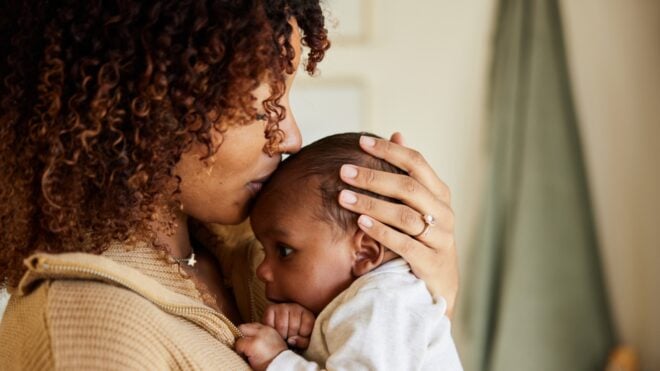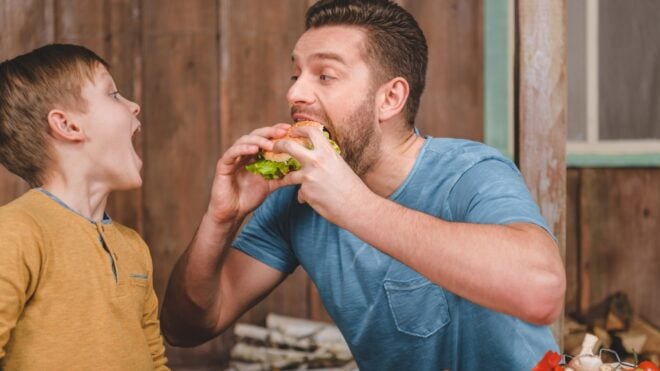
In this article
October isn’t just Halloween month, or “prepare for Thanksgiving month”, or “start your Christmas shopping early” month. More importantly, it’s Breast Cancer Awareness Month. And there are a few things you can do to observe this annual campaign that seeks to educate and bring awareness to the impacts of breast cancer.
Here are a few suggestions for actions you can take, from knowing what an early sign of breast cancer looks like, to doing a self-check, to looking out for and supporting your friends.
Educate yourself: What are early signs of breast cancer?
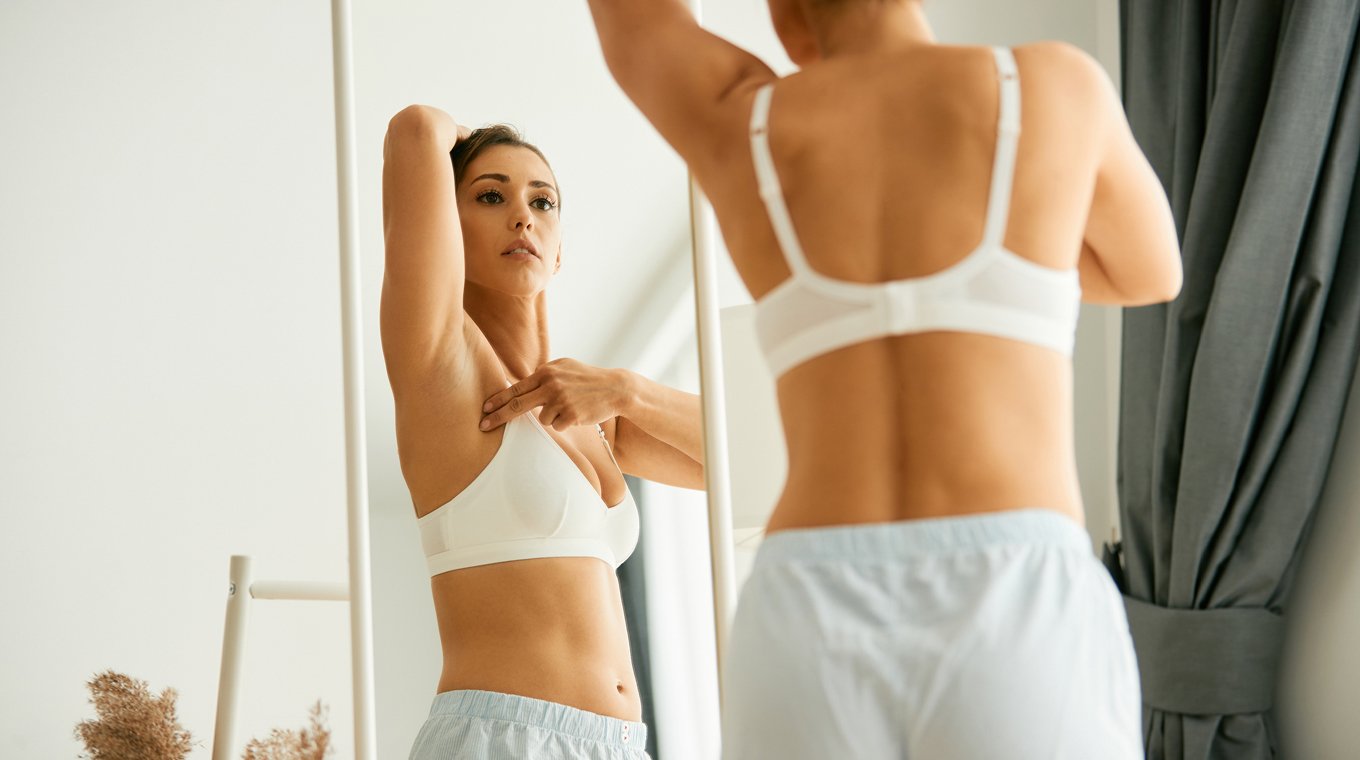
One of the most important things you can do is to educate yourself about breast cancer, by being aware of the signs and symptoms and knowing when to call your doctor.
1. Know the early signs of breast cancer
According to the Centers for Disease Control and Prevention (CDC), here are some warning signs of breast cancer:
- A lump in the breast or armpit
- A part of the breast that is swelling or thickening
- Breast skin that is irritated or dimpling
- Skin in the nipple area or the breast that is red or flaky
- Pain in the nipple area, or a nipple that is pulling in
- Nipple discharge, including blood (other than breast milk in lactating moms)
- Changes in the size or the shape of the breast
- Pain in any area of the breast.
The CDC also indicates that symptoms may vary from person to person, and some may not have any symptoms at all.
2. Call your doctor if you notice any changes in your breasts
Don’t try to self-diagnose — you might just torture yourself with unnecessary worry. It’s best to give a quick call to your doctor with your concerns.
Mom Layla Laurence recalled the time she discovered a painful lump in her breast, only to be told by her doctor that she had mastitis — a full three years after she’d stopped breastfeeding. “She patiently told me that, while uncommon, it is completely possible to get mastitis when not nursing,” Laurence wrote for Mom.com. “It can be caused by bacteria entering the breast through dry or cracked nipples. It can also be caused by stress.”
Know how to check for breast cancer
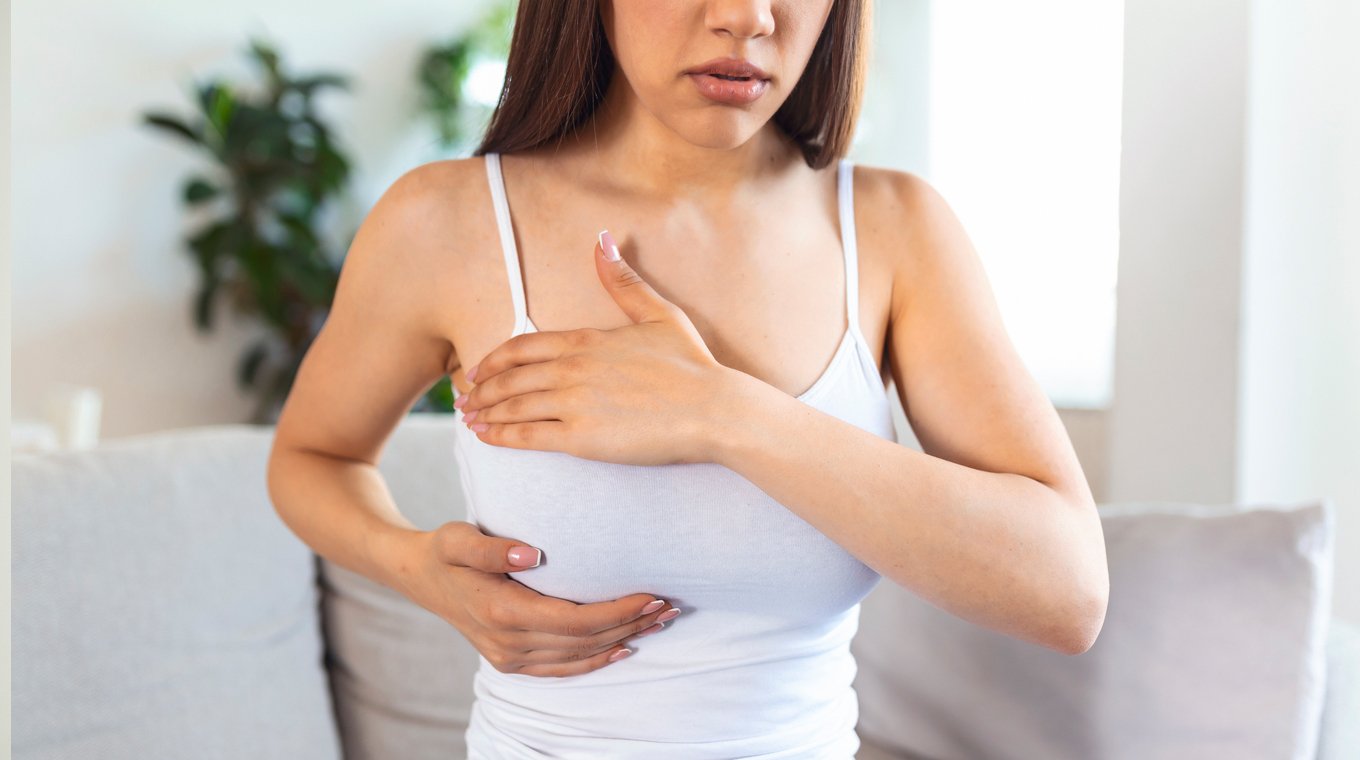
3. Teach yourself how to do a self-exam
Early detection for breast cancer is key, and knowing how to do a self-check is vital. The Mayo Clinic has extensive information on how to do a self-exam, including tips on how to prepare, how often (once a month), what to feel and look for, and questions to ask your doctor.
4. Schedule your mammogram
Stop what you’re doing right now, and schedule your mammogram. Because of the pandemic, many women have put off getting mammograms, which could be deadly in the long run.
“If it’s only a few months and you’re at low risk, it’s not likely that dangerous. But delays tend to ripple out, throwing people off schedule,” NPR health correspondent Yuki Noguchi said in an interview about the large number of women postponing mammograms. “And modeling data from the National Cancer Institute shows that last year’s drop in testing for breast and colorectal cancer alone will lead to 10,000 additional deaths over the next decade. It’s like a hidden toll of the pandemic.”
Take care of yourself and others, too: Remind your friends when to get a mammogram
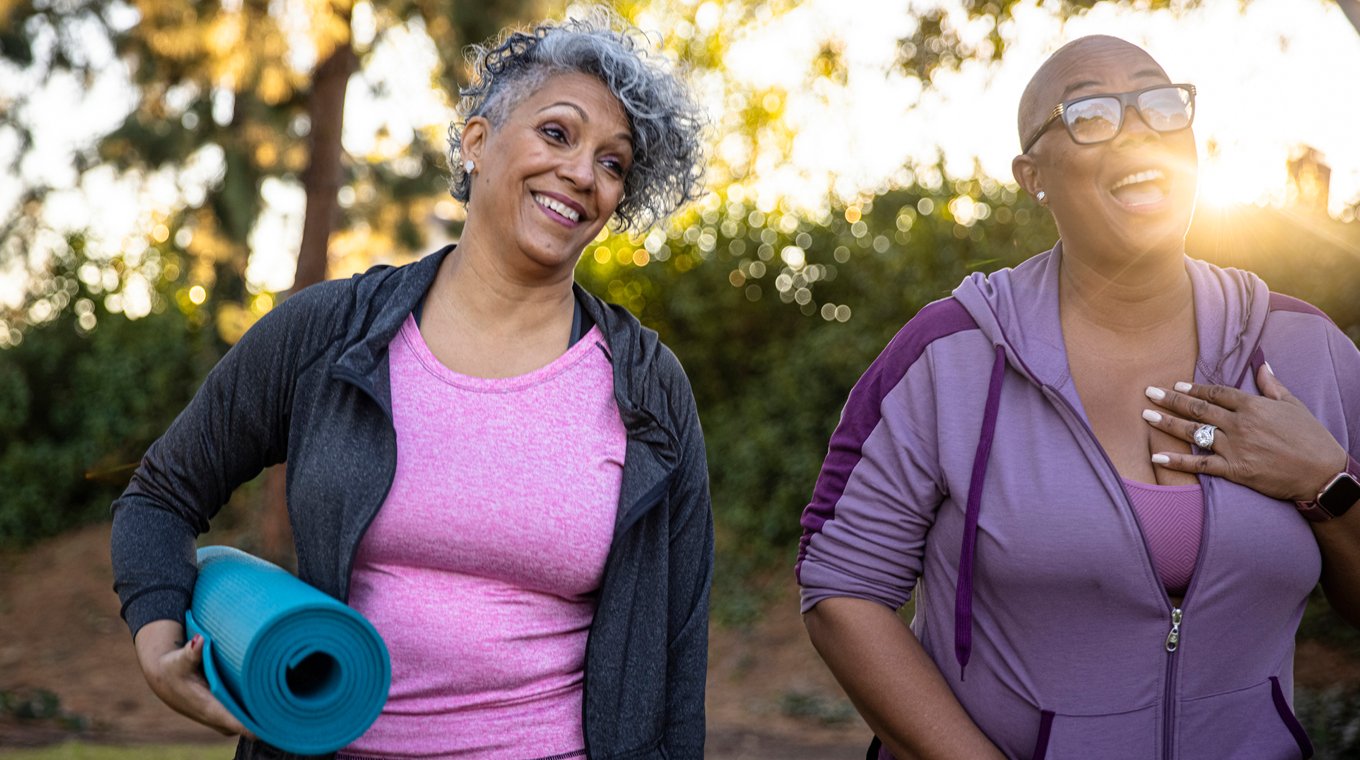
Being a good friend isn’t just about bringing over ice cream after a breakup, or sending over a cat meme to brighten their day; it’s about looking out for their health, too.
5. Send your friends a mammogram reminder
A study by Breastcancer.org found that a reminder system implemented by doctors resulted in 10% more women getting mammograms in the appropriate time frame, compared to women who were not in a reminder system. Some organizations, like Premiere Health, are setting up automated systems that allow you to send your friends — and yourself – email reminders. So fire off a text to your bestie reminding them to schedule that appointment — you can still send it along with a cat meme.
6. Help a friend who has breast cancer
Lend support by cooking meals, taking care of their kids, offering to drive and accompany them to treatments and doctor appointments or organizing volunteers and visitors. Offer to just listen and let them vent, too.
7. Be a good friend to others, too
By supporting organizations through your time or donations, your actions could benefit countless people and save lives. According to Healthline, the key is providing support and not just awareness. They offer suggestions for patient support, such as donating gas cards, wigs for chemo patients, exercise and makeup classes, payment of treatment, and helping through organizations such as Chemo Angels.
8. Make healthy adjustments to your lifestyle
Some risk factors for breast cancer, such as family history, can’t be avoided. But there are steps you can take to make your lifestyle as healthy as possible. The Mayo Clinic suggests limiting alcohol consumption, maintaining a healthy weight, exercising regularly, breastfeeding when possible and limiting postmenopausal hormone therapy.


